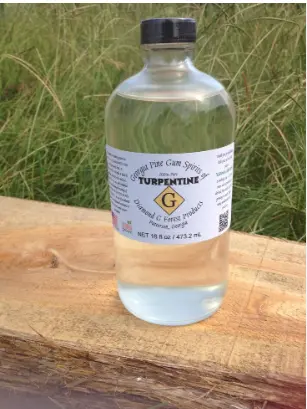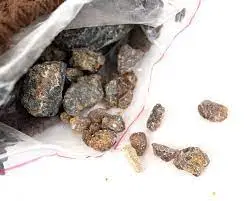Gum Rosin Grade N - China
|
IUPAC Name |
: (4aR)-1,4a-dimethyl-7-propan-2-yl-2,3,4,4b,5,6,10,10a-octahydrophenanthrene-1-carboxylic acid |
|
Cas Number |
: 8050-09-7 |
|
HS Code |
: 3806.10.00 |
|
Formula |
: C20H30O2 |
Basic Information
|
Appearance Name |
: Deep Yellow Cristal |
|
Common Names |
: Gum Rosin Grade M |
|
Packaging |
: (250 Kg Net Zink Drum), (25 Kg Net Each Bag) |





